New island discovered after major submarine eruption at Fukutoku-Oka-no-Ba, Japan
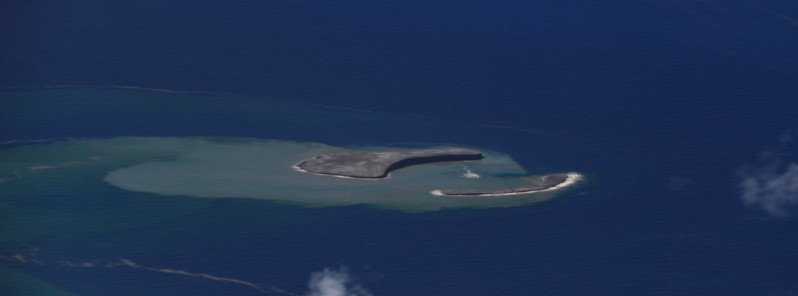
A new island has been discovered some 50 km (31 miles) south of Iwo Jima, Ogasawara Islands, Japan just three days after a major submarine eruption at Fukutoku-Oka-no-Ba volcano.
According to the Japan Meteorological Agency (JMA) the new island is approximately 1 km (0.62 miles) in diameter and C-shaped. It was discovered on Sunday, August 15.
In addition, pumice created by the eruption was found by the coast floating across a 60 km (37 miles) area northwest of the island.1
New islands have been confirmed in the area in 1904, 1914, and 1986, with all having submerged, Kyodo reported. The one found in 1986 sank after around two months, according to the coast guard.
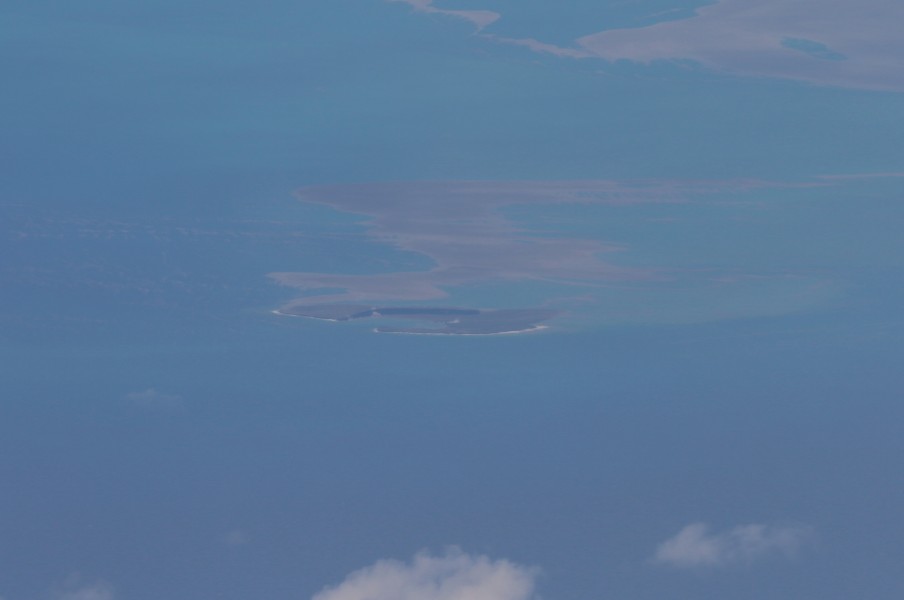
Image credit: Japan Coast Guard. Acquired August 15, 2021
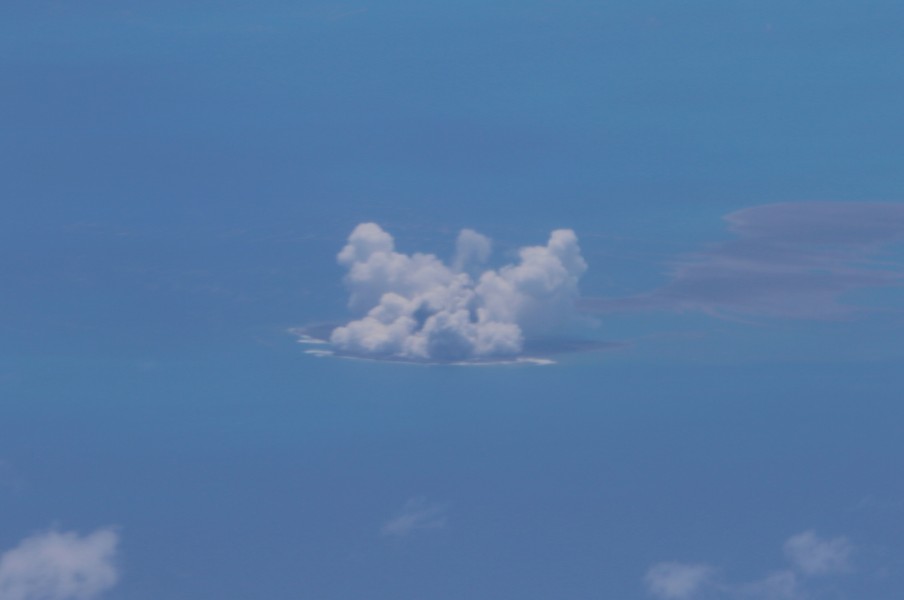
Image credit: Japan Coast Guard. Acquired August 15, 2021
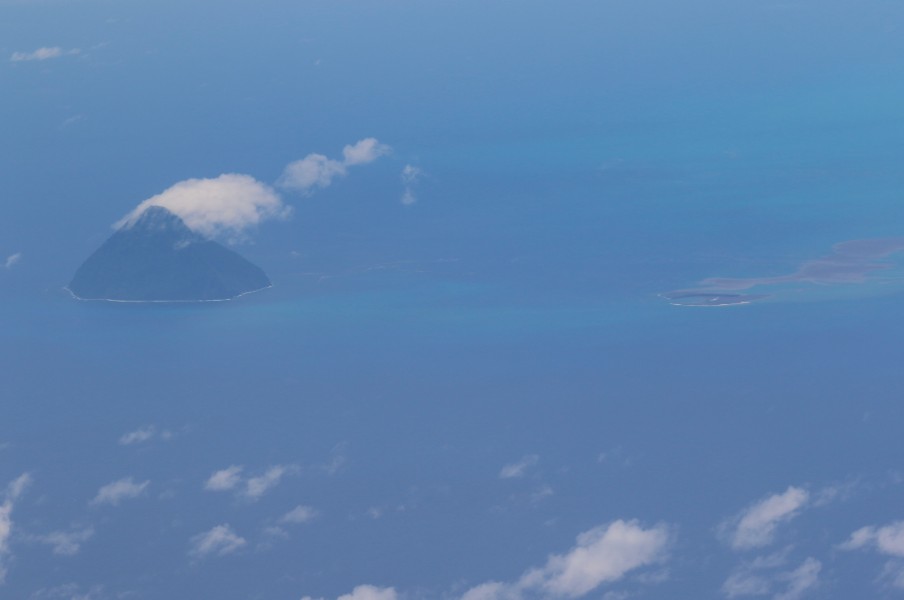
Iwo Jima (left) and new island (right) on August 15, 2021. Credit: Japan Coast Guard
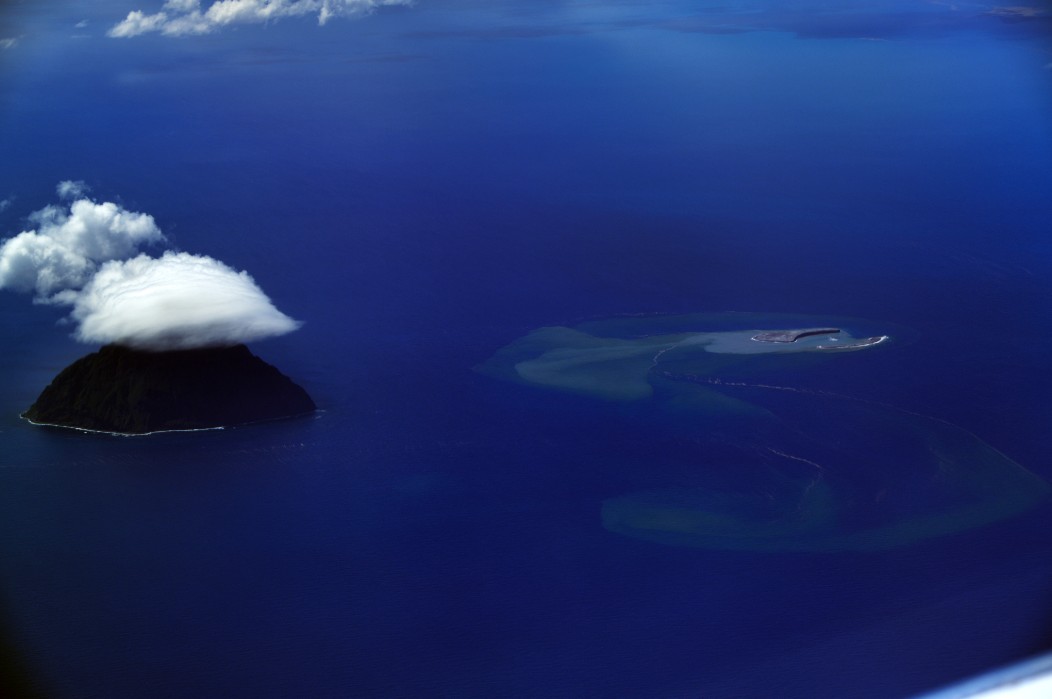
Iwo Jima (left) and new island (right) on August 16, 2021. Credit: Japan Coast Guard
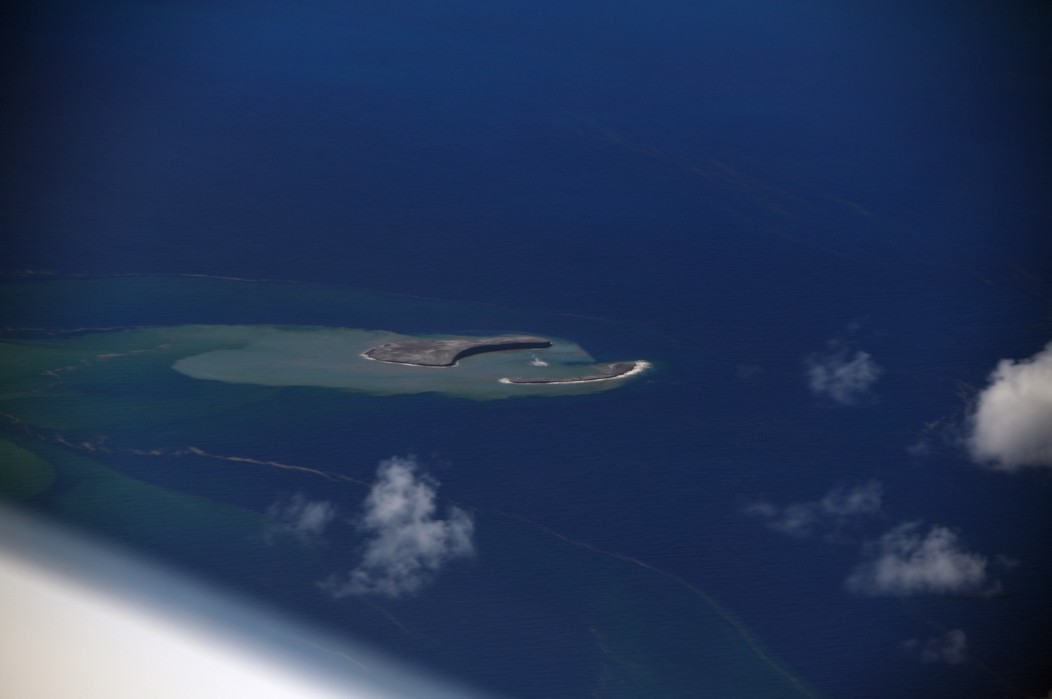
Image credit: Japan Coast Guard. Acquired August 16, 2021
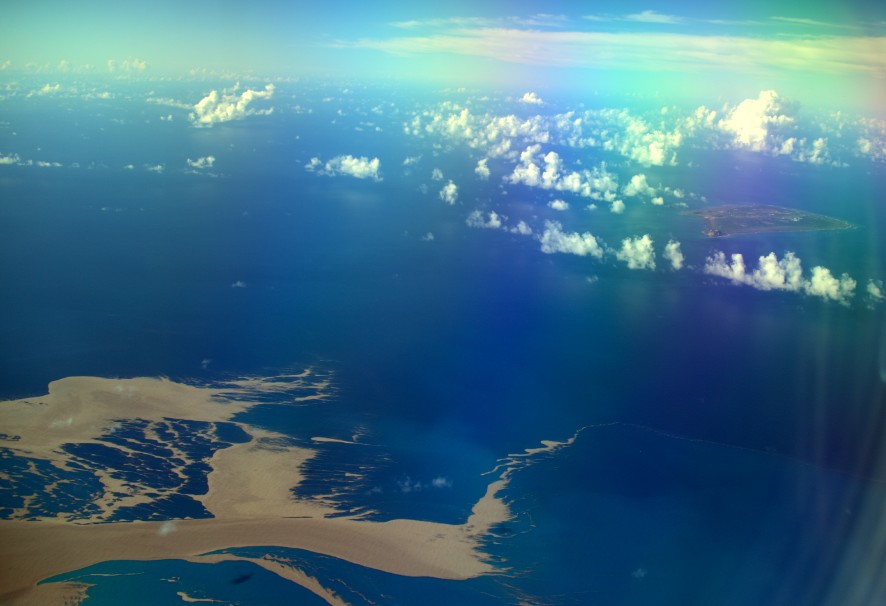
Pumice created during an eruption at Fukutoku-Oka-no-ba. Image credit: Japan Coast Guard. Acquired August 16, 2021
A major eruption started at the Fukutoku-Oka-no-Ba at around 21:20 UTC on August 12, 2021, and continued into August 13.
According to the Tokyo VAAC, volcanic ash rose up to 16.4 km (54 000 feet) above sea level at 23:50 UTC and was heading SSW toward the Philippines.2

Eruption at Fukutoku-Oka-no-Ba submarine volcano. Image credit: JMA/Himawari-8, NII/NICT, TW. Acquired at 05:20 UTC on August 13, 2021
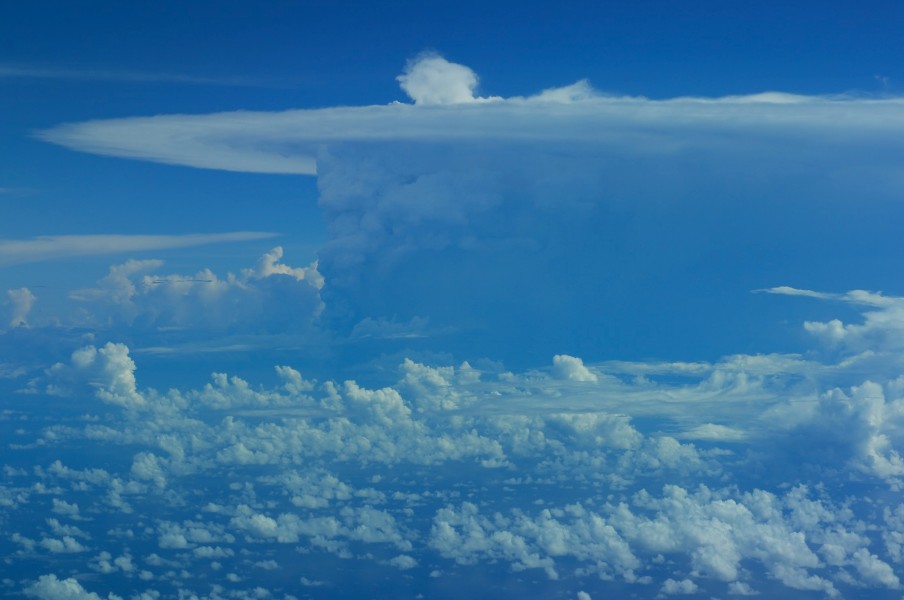
Image credit: Japan Coast Guard. Acquired August 13, 2021
The Japan Coast Guard has stated that "the eruption was so large that it could not be observed in close proximity," and is calling for caution on vessels navigating and flying aircraft in the vicinity.2
An observation conducted by the Japan Coast Guard in June confirmed that volcanic activity had become more active, such as discoloration of the surrounding sea surface.
火山雷って言うらしい pic.twitter.com/LOfLYIKToS
— あんだーそん (@misoka_fumituki) August 13, 2021
小笠原諸島の硫黄島の南にある海底火山「福徳岡ノ場」で13日、11年ぶりに噴火が確認されました。海上保安庁が航空機で観測を行いました。海上保安庁は噴火の規模が大きいとして、付近を航行する船舶や飛行する航空機に警戒を呼びかけています。#nhk_video https://t.co/XQG5CkBSsj pic.twitter.com/Mqs04sfB3p
— NHKニュース (@nhk_news) August 14, 2021
「福徳岡ノ場」14日21時~22時の様子 今日も火山雷見えました pic.twitter.com/oiprGmUAu8
— あんだーそん (@misoka_fumituki) August 14, 2021
Geological summary
Fukutoku-Oka-no-ba is a submarine volcano located 5 km (3.1 miles) NE of the pyramidal island of Minami-Ioto. Water discoloration is frequently observed from the volcano, and several ephemeral islands have formed in the 20th century.
The first of these formed Shin-Ioto ("New Sulfur Island") in 1904, and the most recent island was formed in 1986.
The volcano is part of an elongated edifice with two major topographic highs trending NNW-SSE, and is a trachyandesitic volcano geochemically similar to Ioto.3
References:
1 New island discovered south of Tokyo after submarine volcano erupts – KYODO
2 High-level eruption at Fukutoku-Oka-no-Ba submarine volcano, ash to 16.4 km (54 000 feet) a.s.l., Japan – The Watchers
3 Fukutoku-Oka-no-Ba – Geological summary – GVP
Featured image: New island discovered after eruption at Fukutoku-Oka-no-Ba, Japan. Credit: Japan Coast Guard. Acquired August 16, 2021

Climate has nothing to do with island formation. Islands are formed as a result of volcanic activity – climate change IS NOT RELATED to geological processes.
Hahahaha, I do not understand what are you saying! It is very obvious that you are a simple guy and you did not understand my comment
WHY MANY NEW ISLANDS HAVE FORMED IN THE LAST 20 YEARS? The political-climate science (the climate science of Al Gore), is always concentrating on the climate events that suit their political agenda and never give any explanation to climate and geological events that contradict their political dogma. It is a fact that, the number of new Islands that have formed in the last 20 years has increased enormously. So, is the formation of many new islands also the result of global warming and man-made climate change? New Tonga island ‘now home to flowers and owls’ https://www.bbc.com/news/world-asia-47153797————8 New Islands Formed in the Last 20 Years https://www.treehugger.com/new-islands-formed-last-years-4863618——–Introducing the world’s newest islands https://www.telegraph.co.uk/travel/lists/new-volcanic-islands-emerged/——————–An underwater volcano has made a mysterious new island in the South Pacific — and NASA satellites captured the amazing process https://www.businessinsider.com/nasa-satellites-see-formation-new-island-hunga-tonga-hunga-haapai-2017-12
Climate has nothing to do with island formation. Islands are formed as a result of volcanic activity – climate change IS NOT RELATED to geological processes.
Always so awesome to see new terra being made by Mother Nature. Thanks for the interesting articles and accompanying photo’s/video’s, and keeping us up on world news. I’m praying for this blue ball and precious life….